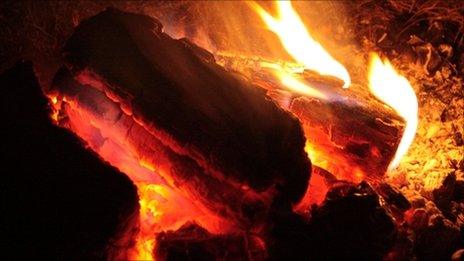Search for hunter-gatherer sites high in the Cairngorms
- Published
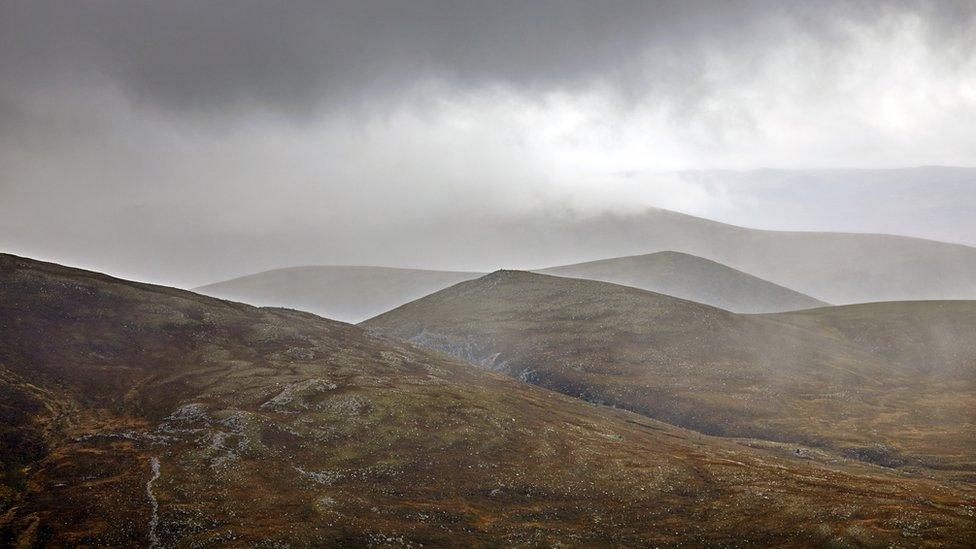
The Cairngorms is the UK's largest area of high ground
A new project has been set up to help uncover ancient hunter-gatherer sites high in the Cairngorm mountains.
Scotland was home to hunter-gatherers from about 10,000 years ago, after the end of the last ice age.
Mesolithic sites are rare and have mainly been found on the coast and a few inland areas.
Only a handful of upland sites have been discovered in the Cairngorms so far - Chest of Dee, Caochanan Ruadha and Sgòr an Eòin.
Looking Up, external, a project based at University College Dublin (UCD), has been launched to help pinpoint other possible locations in the vast, and sometimes difficult, terrain. The Cairngorms are the UK's largest area of high ground.
The project's team are producing new geological data on the timing and pattern of the last ice age's melting glaciers to help better understand how the landscape was later used by prehistoric communities.
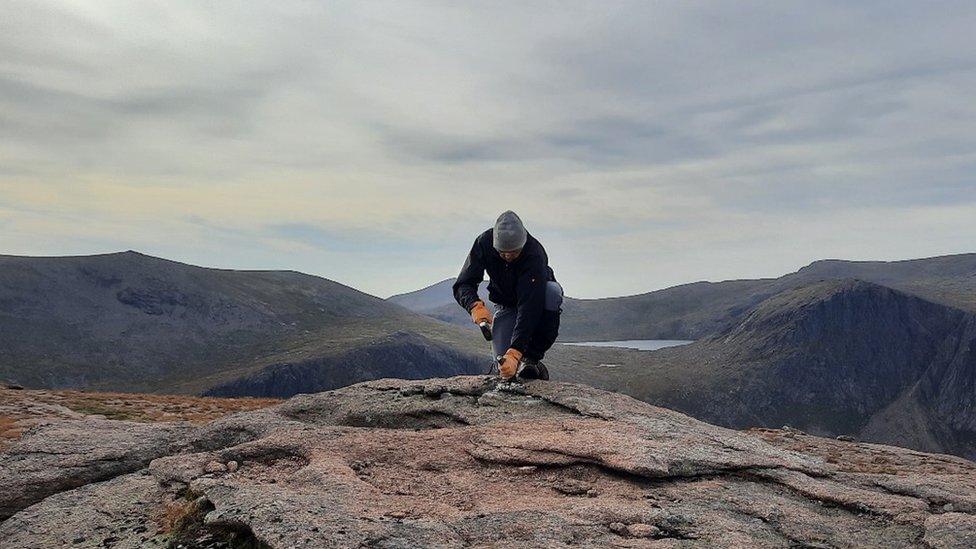
Dr Sam Kelley, a principal investigator in the project, takes a rock sample
Sampling of rocks for the research is being done with permission from relevant authorities and following best practices outlined by public body NatureScot.
The team - whose principal investigators are Prof Graeme Warren and Dr Sam Kelley - is also looking at where snow survives the longest on the Cairngorm Plateau, near Aviemore.
Experts believe hunter-gatherers may have targeted animals as they cooled off in summer weather on long-lived snow patches - something animals in the Cairngorms still do today.
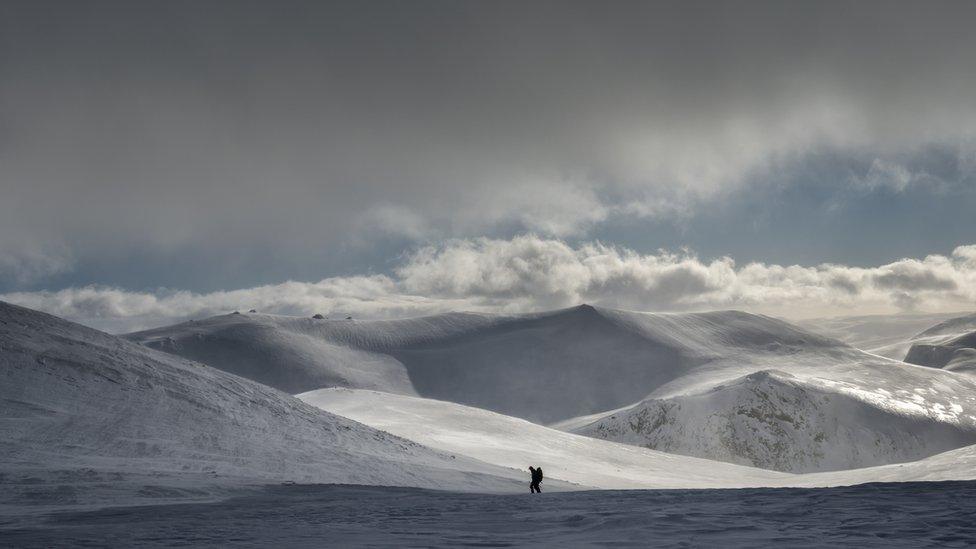
The Cairngorms project could lead to similar work elsewhere in Europe
University College Dublin archaeologists also plan to carry out further excavations at Sgòr an Eòin, a site near Braemar they first examined in 2021 and where they found an assemblage of stone tools.
Looking Up is funded by the Irish Research Council and has been promoted by Scottish archaeology hub, Dig It!, external.
The Sgòr an Eòin excavations have been funded by the Society of Antiquaries of Scotland.
The project team hopes to eventually apply its new methodology to other European upland areas in the search for Mesolithic sites.
Updates on the work will be posted to UCD Hunter-Gatherer Research Group's Twitter feed - @hunterUCD.
Related topics
- Published7 April 2021
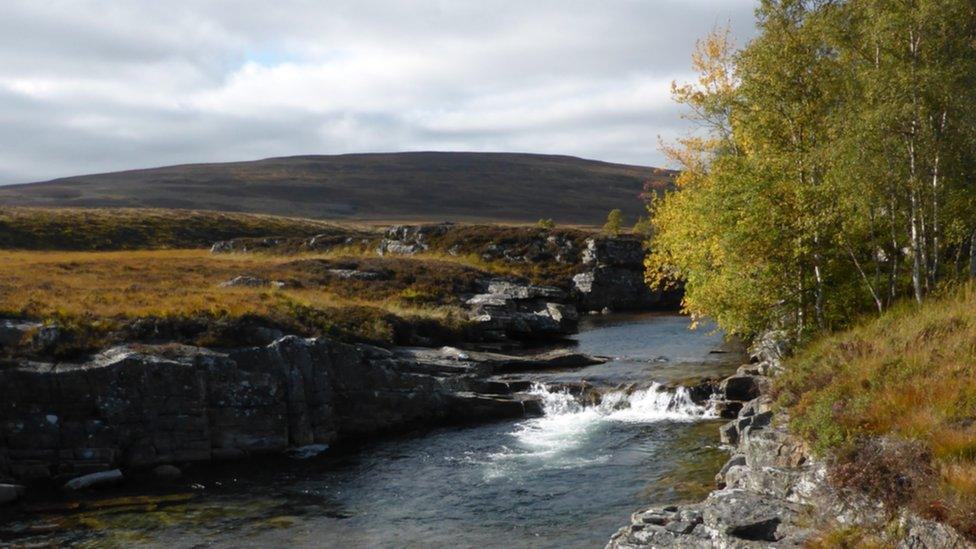
- Published8 November 2021
- Published27 February 2019
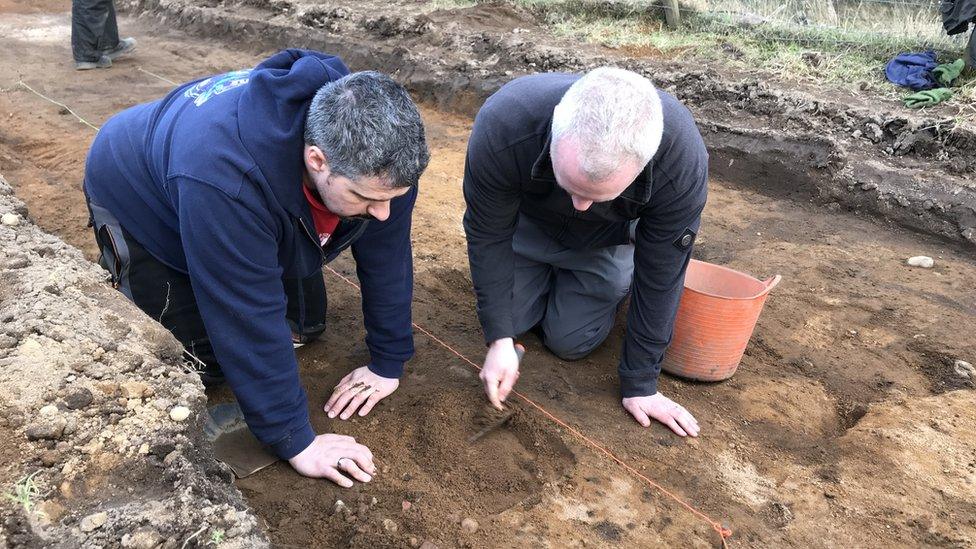
- Published9 July 2015
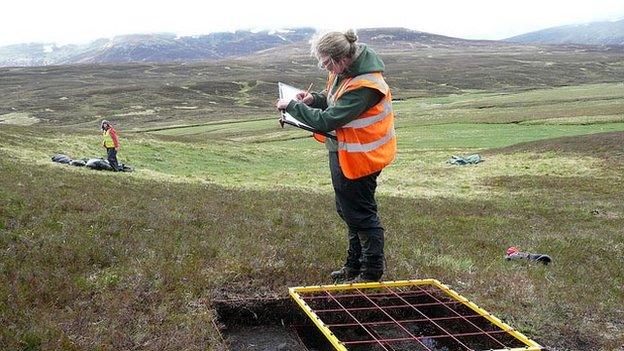
- Published19 July 2011
